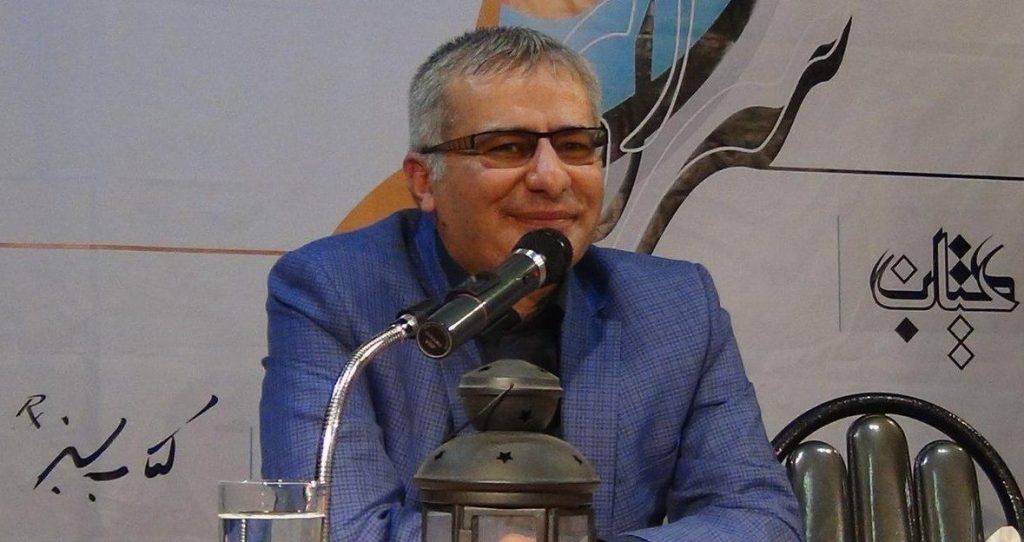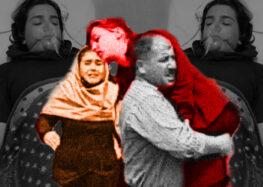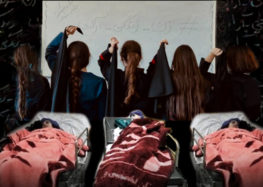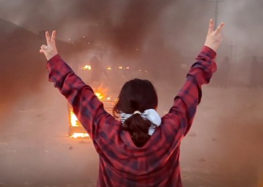Lawyer Vows to Seek Justice After Prominent Iranian Activist’s Corpse Found Burned in Car

The corpse of Iranian activist Farshid Hakki was found burned in the trunk of his car near his home in Tehran on October 17, 2018.
The lawyer representing the family of a prominent activist and environmentalist whose burned corpse was found in the trunk of his car has vowed to seek justice for the victim and refuted the unsubstantiated claims that the activist suffered from depression.
“The murder of Dr. Farshid Hakki is suspicious and the judiciary and police should investigate and arrest and prosecute the perpetrators,” Mohammad Moghimi told the Center for Human Rights in Iran (CHRI) on October 23, 2018.
“The perpetrators could be caught and face justice based on important evidence and leads,” he added. “I will take a stand until death and do everything I can to pursue this national tragedy in accordance with my professional pledge.”
“No Signs of Depression”
After news of the activist’s suspicious death became public, a news outlet affiliated with Iran’s Islamic Revolutionary Guard Corps (IRGC), the Tasnim News Agency, claimed that Hakki suffered from depression and that he had committed suicide.
But Moghimi told CHRI that his family had not witnessed any signs of depression, adding that a medical examiner has not issued a final autopsy report.
“He was a strong, intelligent scholar with graduate degrees in human rights and economics and a PhD in public law. He helped solve people’s problems,” Moghimi said. “If anyone was depressed or had a problem, he would help them.”
“According to his family, he had no signs of depression,” he added.
“Suspicious” Death
Moghimi explained to CHRI why he considers Hakki’s death “suspicious.”
The lawyer said Hakki left his home in the Bagh-e Faiz neighborhood of Tehran on October 17, 2018, at 11 in the morning, never to return again.
“Around 7 in the evening, the police contacted his family and when they went to the station, they realized that his car had caught fire and burned [near his home] and a body attributed to him was found in the trunk,” Moghimi said.
“The investigations have not been completed but a bank clerk near the burned car said it was set on fire by the occupant of a white Peugeot Persia and then they escaped,” he added.
“The bank cleric was able to memorize the license number,” he said.
To date, Iran’s state medical examiner has not submitted a final autopsy report to the judiciary but Tehran’s police chief told reporters on October 23 that Hakki had “set himself on fire,” according to the IRGC-affiliated Tasnim News Agency.
“The medical examiner’s report explicitly states that the individual set himself on fire,” Tehran Police Chief Gen. Hossein Rahimi told reporters in Tehran on October 23.
Rahimi also warned that anyone who suggests Hakki was murdered would be prosecuted for “disturbing public opinion.”
The day before Rahimi’s comments, the medical examiner’s office issued a statement insisting it had not issued a final opinion on the cause of Hakki’s death.
“Following a news report about the medical examiner’s opinion regarding the charred body of a man inside a burned vehicle attributed to a person named Farshid Hakki, the Legal Medicine Organization informs the public that it has not issued any opinion on this case.”
Moghimi told CHRI that “hasty and contradictory comments” by officials on the cause of Hakki’s death had fueled rumors on Iranian social media that he was the victim of a political assassination.
“Anything is possible,” Moghimi said. “The killing may have been because of a personal dispute but when officials make hasty and contradictory comments, others may conclude it’s because they want to cover up an obvious political murder.”
An October 24 post on a Telegram app channel founded by Hakki, quoting the Radio Zamaneh website, describes him as “a civic activist, environmentalist, defender of street children, supporter of citizens’ rights and university professor.”
Radio Zamaneh’s biography also noted that Hakki did not publicize his activist efforts and avoided talking to foreign media outlets, adding that he “didn’t want to do anything to upset the establishment because he was always being watched.”






